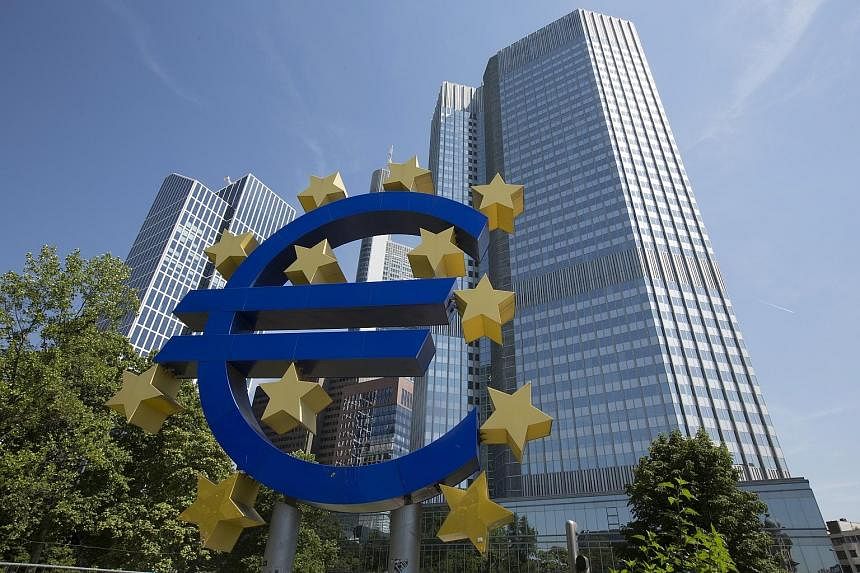The steep bond market sell-off since April has made a number of investors nervous, but this weakness should be viewed in the context of an overextended rally.
The most vertiginous rises in yields have been in Europe, where bond yields became detached from reality.
The yield on a 10-year German government bond had fallen below 10 basis points (0.1 per cent) in mid-April, and the yield on a 30-year Italian government bond was below 2 per cent. A rebound - particularly for longer-dated bonds - seemed inevitable, although the speed has been a little surprising.
European fixed income has been acting as an anchor for other bond markets and now that yields are rising, the same has begun to happen elsewhere. However, while the move in yields has been rapid, valuations have only moved back to "expensive" from "very expensive".
Still supported by a challenging income environment
In our view, the medium-term outlook for fixed income still looks strong. The deposit rate at the European Central Bank (ECB) is still negative, at minus 0.2 per cent, and the structural demand for income by European investors should keep yields from rising too far.
And let's not forget that the ECB will continue its bond-buying programme, at a rate of 60 billion euros (S$90.9 billion) a month, until at least next September. In our view, we are unlikely to see headline interest rates rise in Europe for possibly years to come.
Regarding the medium-term outlook for the economy, we see the improvement in recent months as a cyclical recovery.
There are still significant structural headwinds to the region that could return. Whether the positive momentum can be maintained in an environment of higher bond yields remains to be seen.
Choose your corporate bonds carefully
We are still positive on some areas of both the investment grade and high-yield corporate bond markets, but investors do need to be very selective.
We have seen a significant amount of new issuance over recent months and quarters.
However, credit has performed very well during the government bond sell-off. If our assumption that the rise in government bond yields will slow is correct, corporate bonds can continue to do well. We see US dollar-denominated and sterling corporate bonds as offering more value in this environment relative to euro equivalents.
Volatility is here to stay, so get used to it
In the short term, our view is that volatility should ease back as markets move towards more realistic valuations for government bonds. Many popular or crowded trades have been washed out by the volatility and the market positioning is a lot cleaner. As long as interest rates remain at or near zero, cash is not a viable option for investors. Once volatility has abated, investors should begin to step back into the market.
Over the longer term, periods of volatility are likely to become more common. The recent turmoil is a sharp reminder of how illiquid the bond markets can be in times of stress. What we have seen may be a small indication of what we can expect if and when interest rates do begin to rise.
As ECB President Mario Draghi suggested in early June, volatility in the bond market is something we are going to have to get used to.
The writer is a fixed income fund manager at Schroders.

